Manual lance blade is a device used for piercing skin to collect blood samples, with a sharp blade and handle, typically used in medical settings with precision and care always․
Definition and Purpose
A manual lance blade is a medical device designed to pierce the skin for blood sampling, typically used in healthcare settings․ The purpose of this device is to collect blood samples for laboratory testing and analysis․ The manual lance blade consists of a sharp blade and a handle, allowing medical professionals to control the depth and angle of the puncture․ This device is commonly used for capillary blood sampling, particularly in neonatal care․ The manual lance blade is an essential tool in medical procedures, providing a means to collect blood samples quickly and efficiently․ Its purpose is to facilitate the diagnosis and monitoring of various medical conditions, making it a crucial component of healthcare services․ The definition and purpose of the manual lance blade are closely related to its design and functionality, which are critical factors in ensuring effective and safe use․
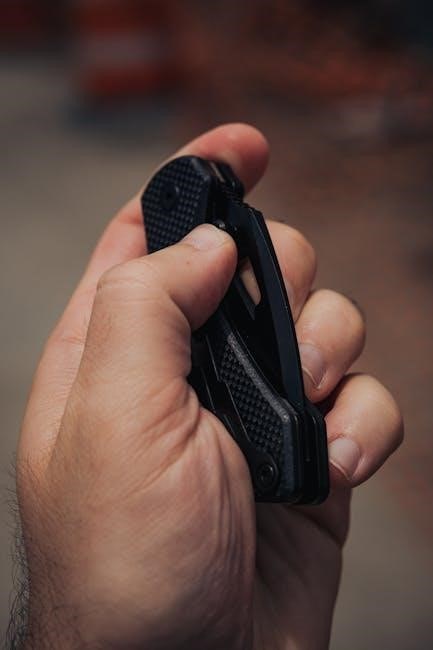
Design and Methods of Manual Lance Blade Studies
Researchers use parallel-group prospective randomized controlled trials to study manual lance blade effects and methods with online communities discussing design and techniques always․
Randomized Controlled Trials
Randomized controlled trials are used to determine the effects of manual lance blades on patients, with participants randomly assigned to different groups․
These trials are parallel-group, prospective, and observational, allowing researchers to compare the outcomes of manual and automatic lancets․
The results of these trials provide valuable information on the efficacy and safety of manual lance blades in various medical settings․
Online communities and forums also discuss the design and methods of these trials, sharing their experiences and insights․
The use of randomized controlled trials ensures that the results are reliable and unbiased, providing a solid foundation for medical professionals to make informed decisions․
By analyzing the data from these trials, researchers can identify the benefits and drawbacks of manual lance blades and develop strategies to improve patient outcomes․
The findings of these trials are essential for advancing medical knowledge and improving the quality of care provided to patients․
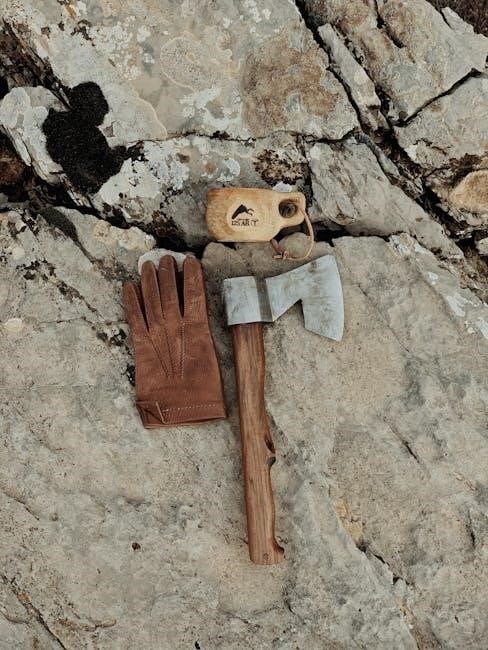
Comparison with Automatic Lancets
Manual lance blades are compared to automatic lancets in terms of efficiency and patient comfort levels always using specific medical equipment and procedures․
Pain Levels and Patient Comfort
Research has shown that manual lance blades can have varying effects on pain levels and patient comfort․ The use of a manual lance blade can be more comfortable for patients than automatic lancets, as it allows for more control over the piercing process․ However, the pain levels associated with manual lance blades can also depend on the skill level of the person using the device․ Studies have found that when used correctly, manual lance blades can minimize pain and discomfort for patients; Additionally, the use of skin-to-skin contact and other comfort measures can also help to reduce pain levels and improve patient comfort․ Overall, the key to minimizing pain and maximizing patient comfort with manual lance blades is proper use and technique, as well as attention to patient comfort and well-being․ This is an important consideration in medical settings where patient care is the top priority always․
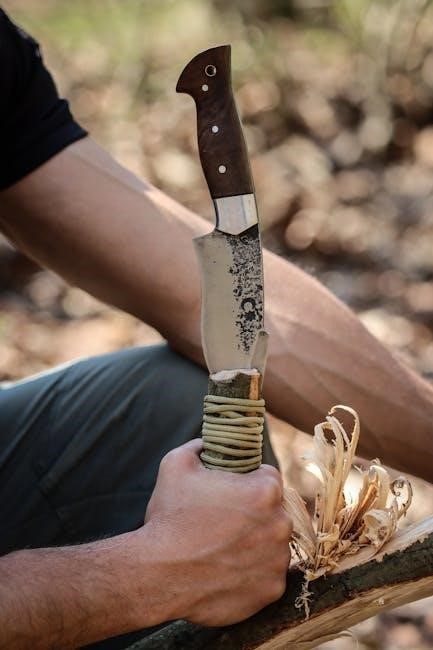
Techniques for Minimizing Pain
Proper technique and handling of manual lance blade reduces pain and discomfort during procedures always with gentle care․
Skin-to-Skin Contact
Skin-to-skin contact is a technique used to minimize pain and discomfort during manual lance blade procedures, particularly in newborns․ This method involves placing the newborn on the caregiver’s chest, allowing for close physical contact and comfort․ The benefits of skin-to-skin contact include reduced stress and anxiety, lower pain levels, and a more stable heart rate․ By using this technique, caregivers can create a more soothing environment for the newborn, making the manual lance blade procedure less traumatic․ Studies have shown that skin-to-skin contact can significantly decrease the newborn’s pain level and anxiety, making it an effective technique for minimizing pain during manual lance blade procedures․ Overall, skin-to-skin contact is a valuable method for promoting comfort and reducing pain in newborns undergoing manual lance blade procedures, and it should be considered as part of a comprehensive pain management plan․
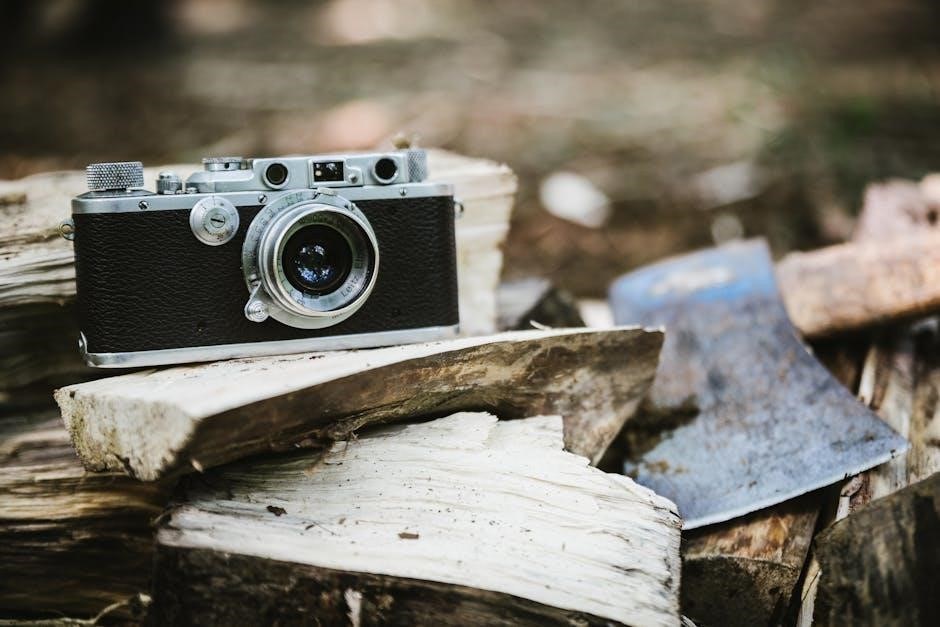
Expert Recommendations
Experts recommend proper training and handling of manual lance blades for safe use always․
Best Practices for Medical Professionals
Medical professionals should follow best practices when using manual lance blades to ensure safe and effective use․ This includes proper handling and storage of the device to prevent accidents and injuries․ A clean and sterile environment is also essential to prevent infection and contamination․ The medical professional should also be trained in the proper technique for using the manual lance blade, including the correct angle and depth of penetration․ Additionally, the patient’s comfort and pain levels should be taken into consideration, and measures should be taken to minimize discomfort․ Regular maintenance and inspection of the device is also crucial to ensure it is in good working condition․ By following these best practices, medical professionals can ensure the safe and effective use of manual lance blades in medical settings, and provide the best possible care for their patients․ Proper use is essential for patient safety․
Manual lance blade is a valuable medical tool with precise handling and care always required for safe use․
Importance of Manual Lance Blade in Medical Procedures
The manual lance blade plays a crucial role in medical procedures, particularly in blood sampling and other diagnostic tests․ Its importance lies in its ability to provide accurate and reliable results, which are essential for making informed medical decisions․ The manual lance blade is also versatile and can be used in a variety of medical settings, from hospitals to clinics and even in remote areas where access to automated equipment may be limited․ Furthermore, the manual lance blade is a cost-effective option, requiring minimal maintenance and upkeep, making it an attractive choice for medical professionals and facilities․ Overall, the manual lance blade is a valuable tool in medical procedures, and its importance cannot be overstated, as it contributes to the delivery of high-quality patient care and treatment․ Its significance is evident in its widespread use and acceptance in the medical community․
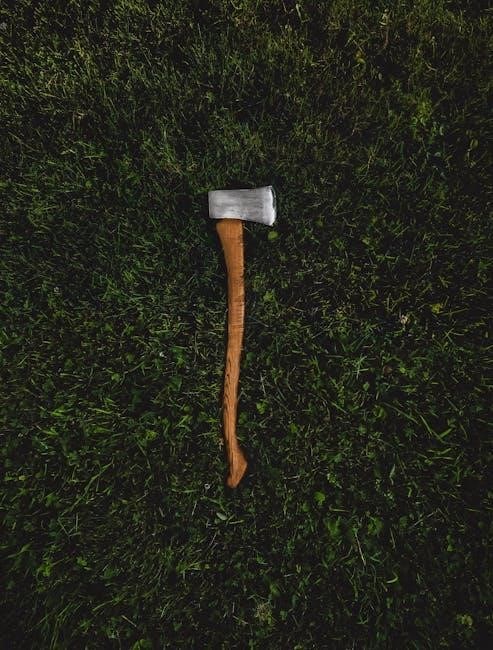
Be First to Comment